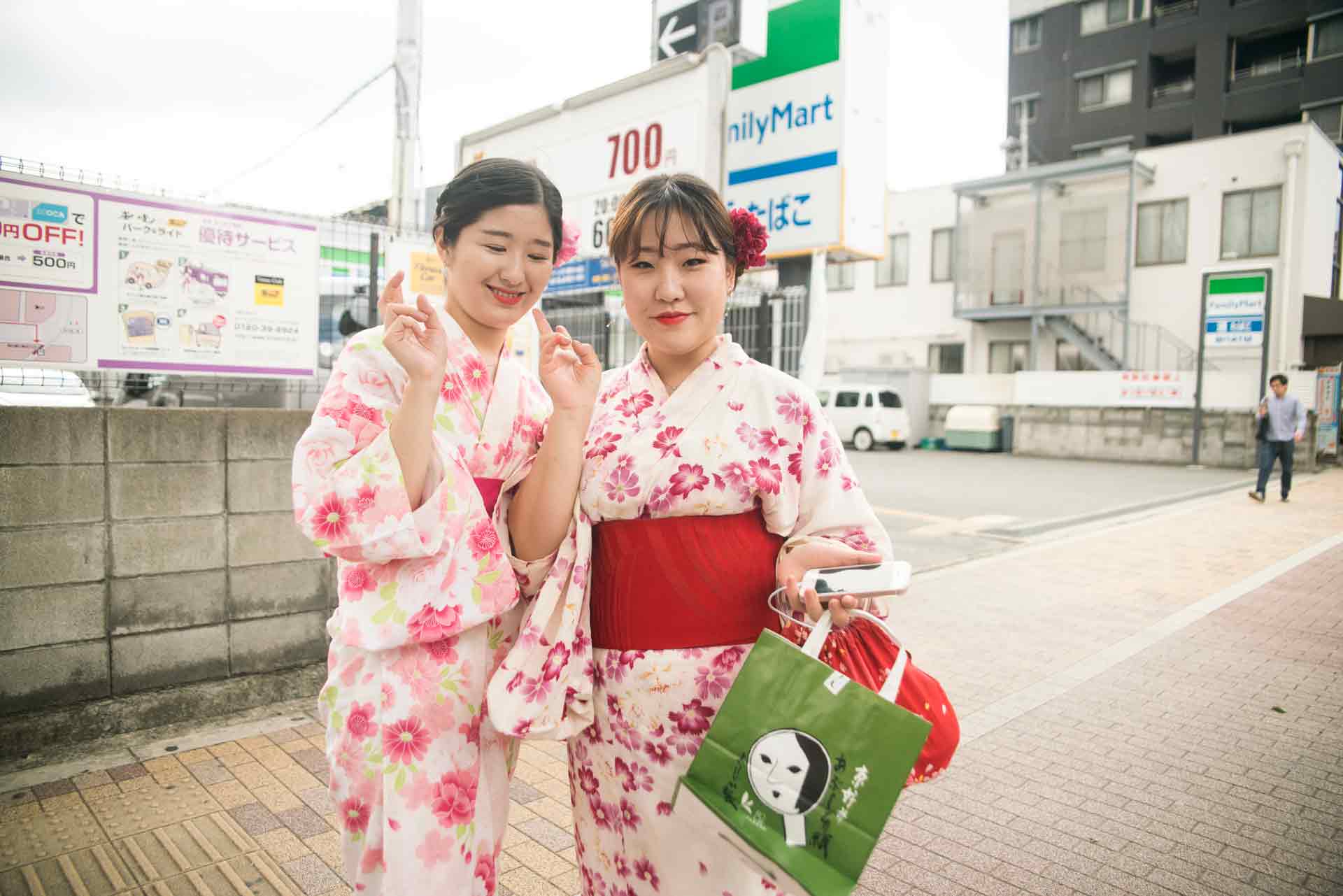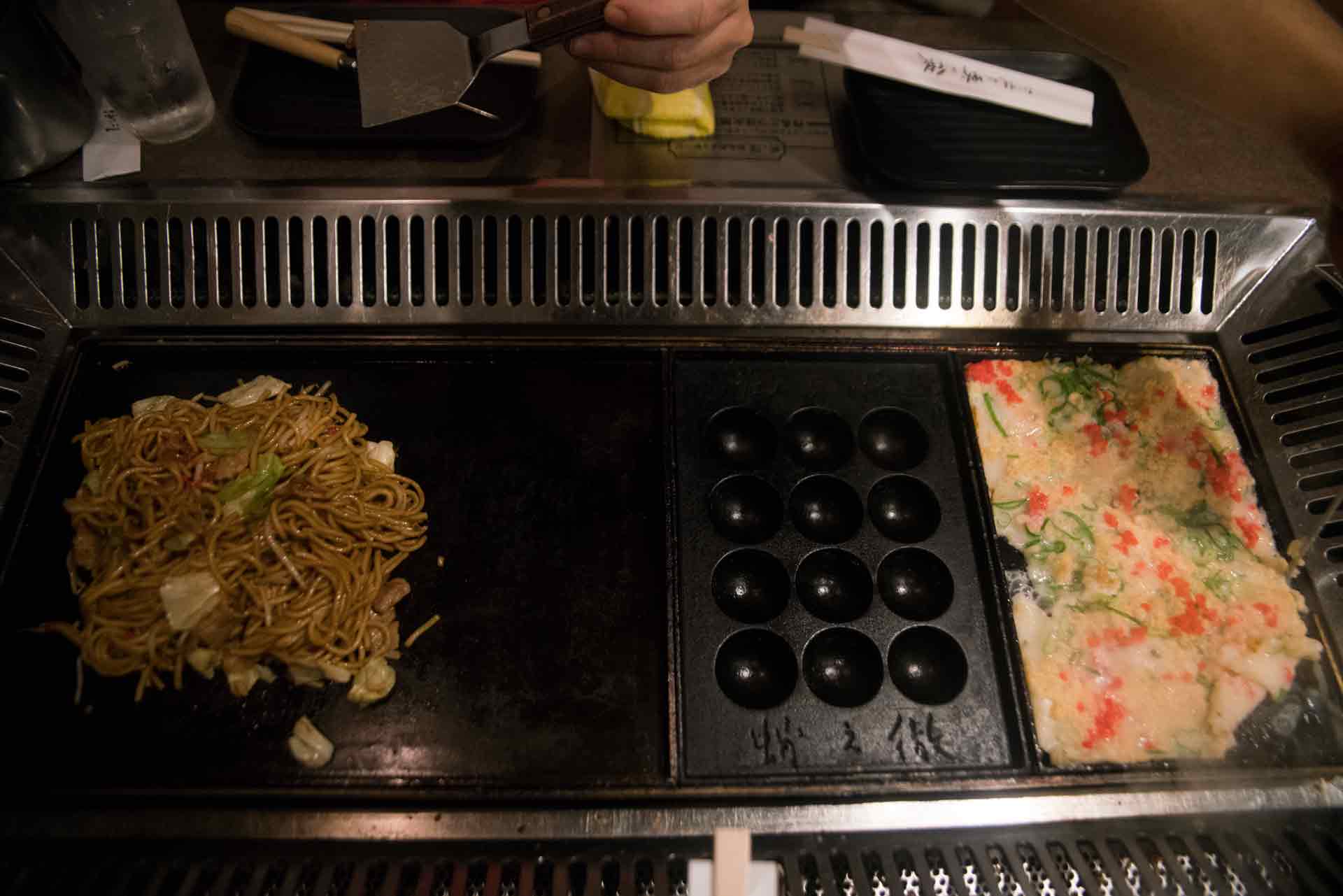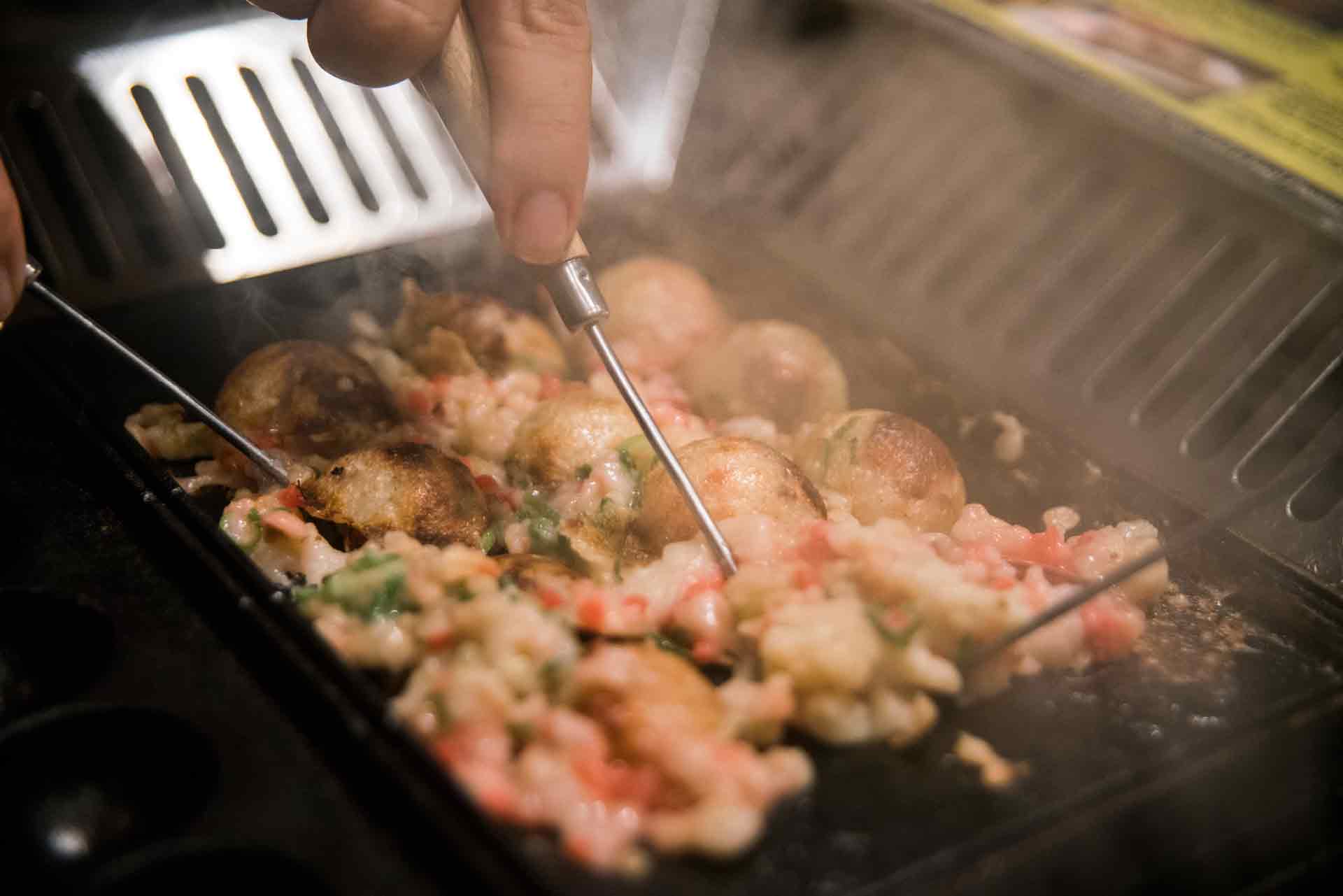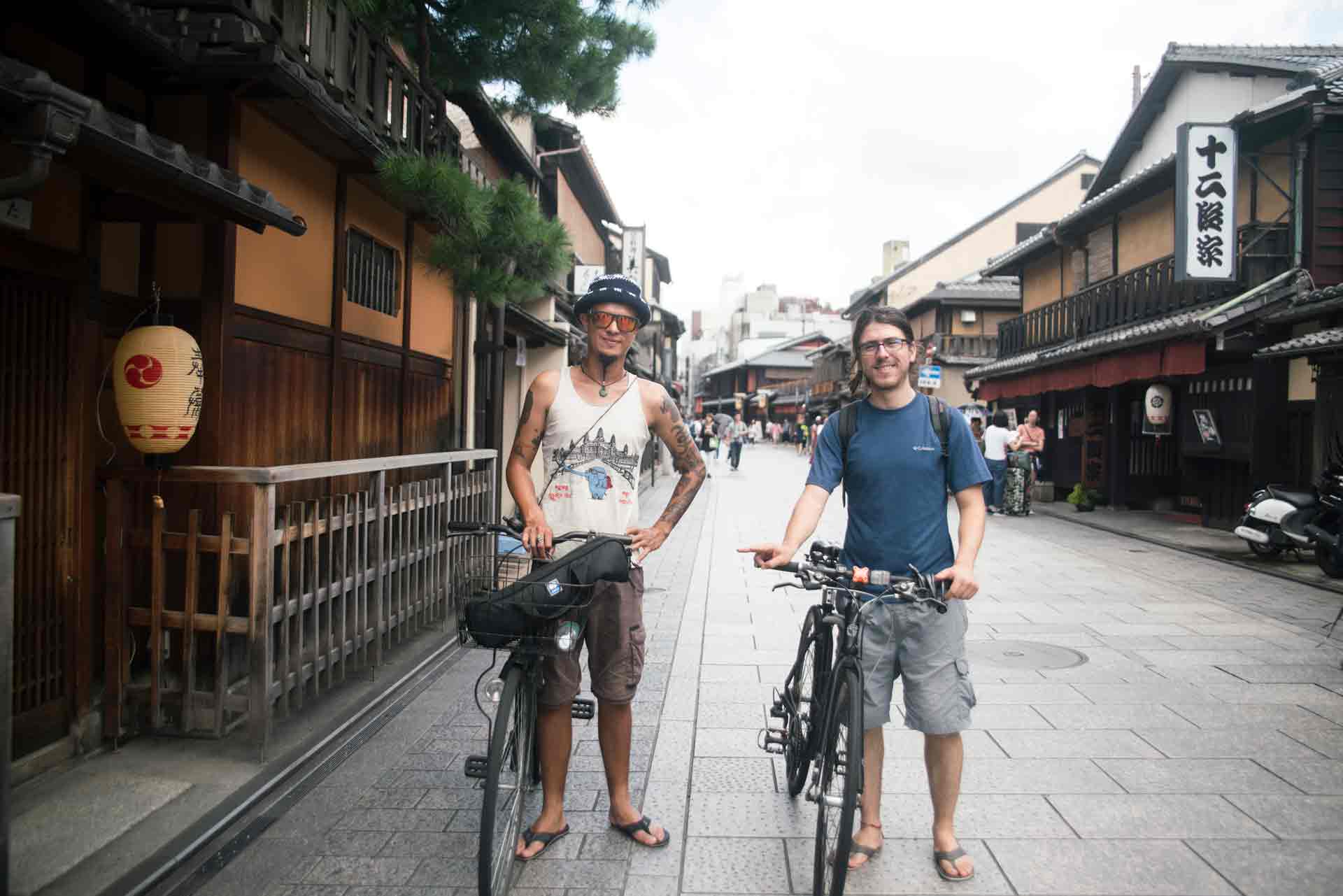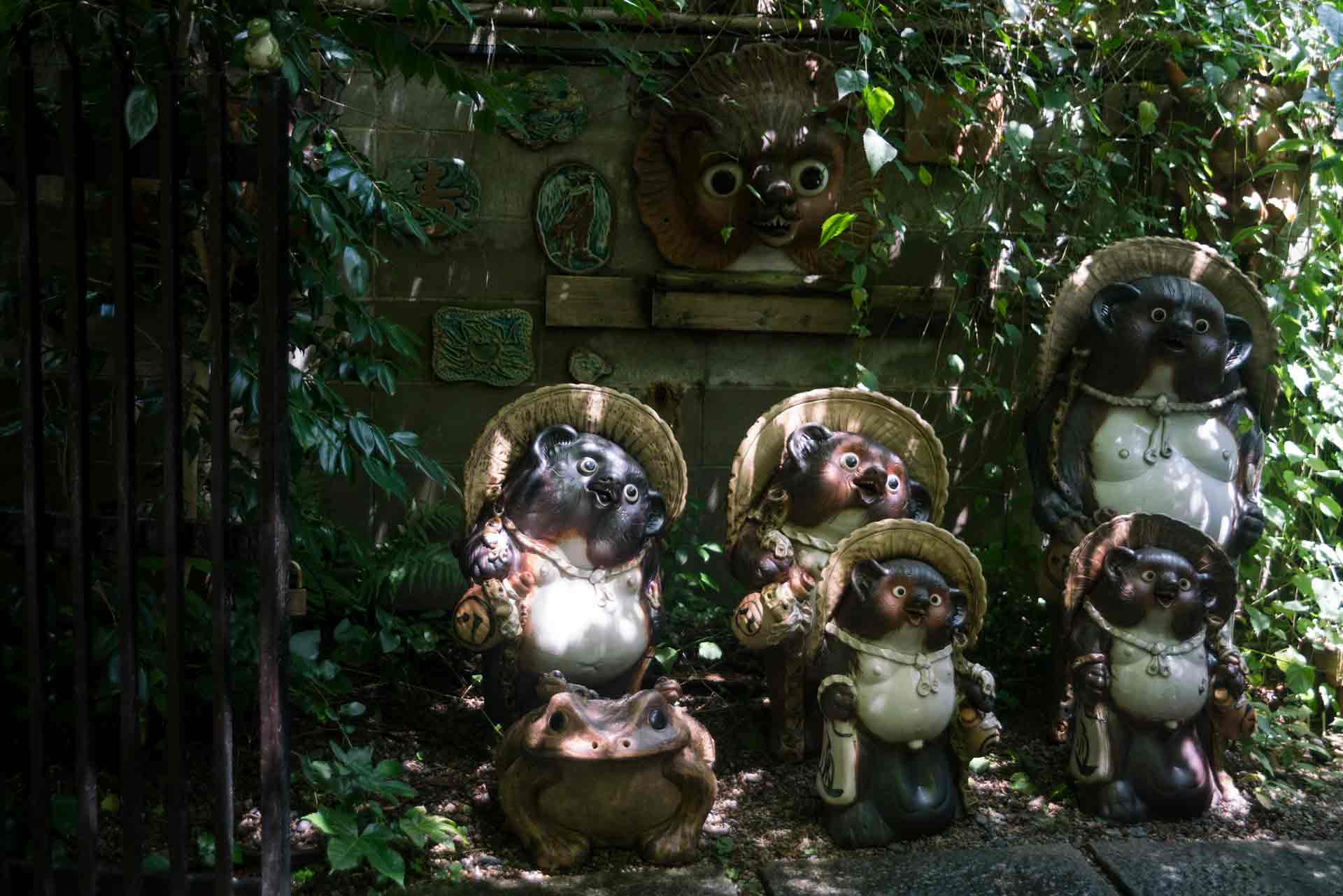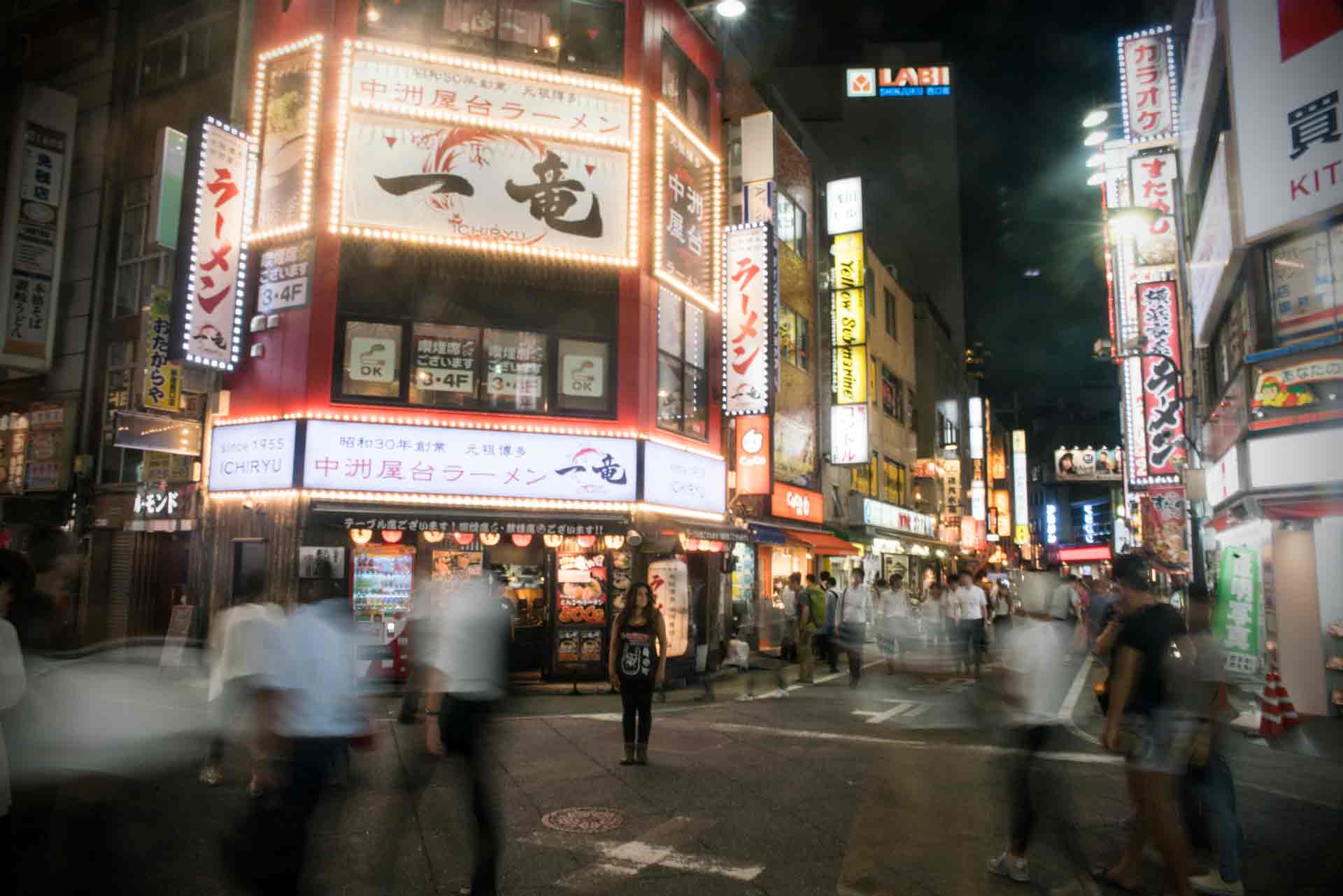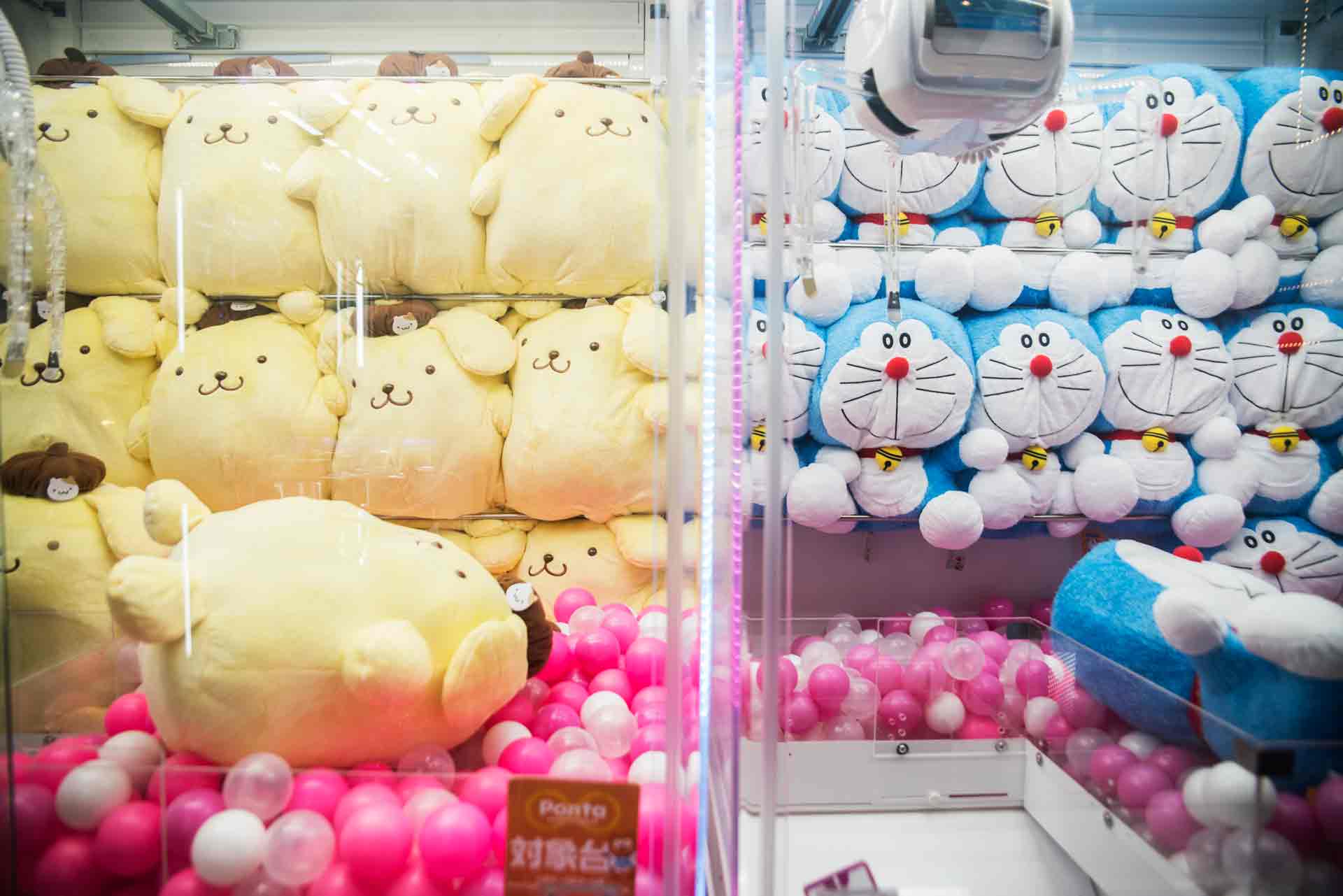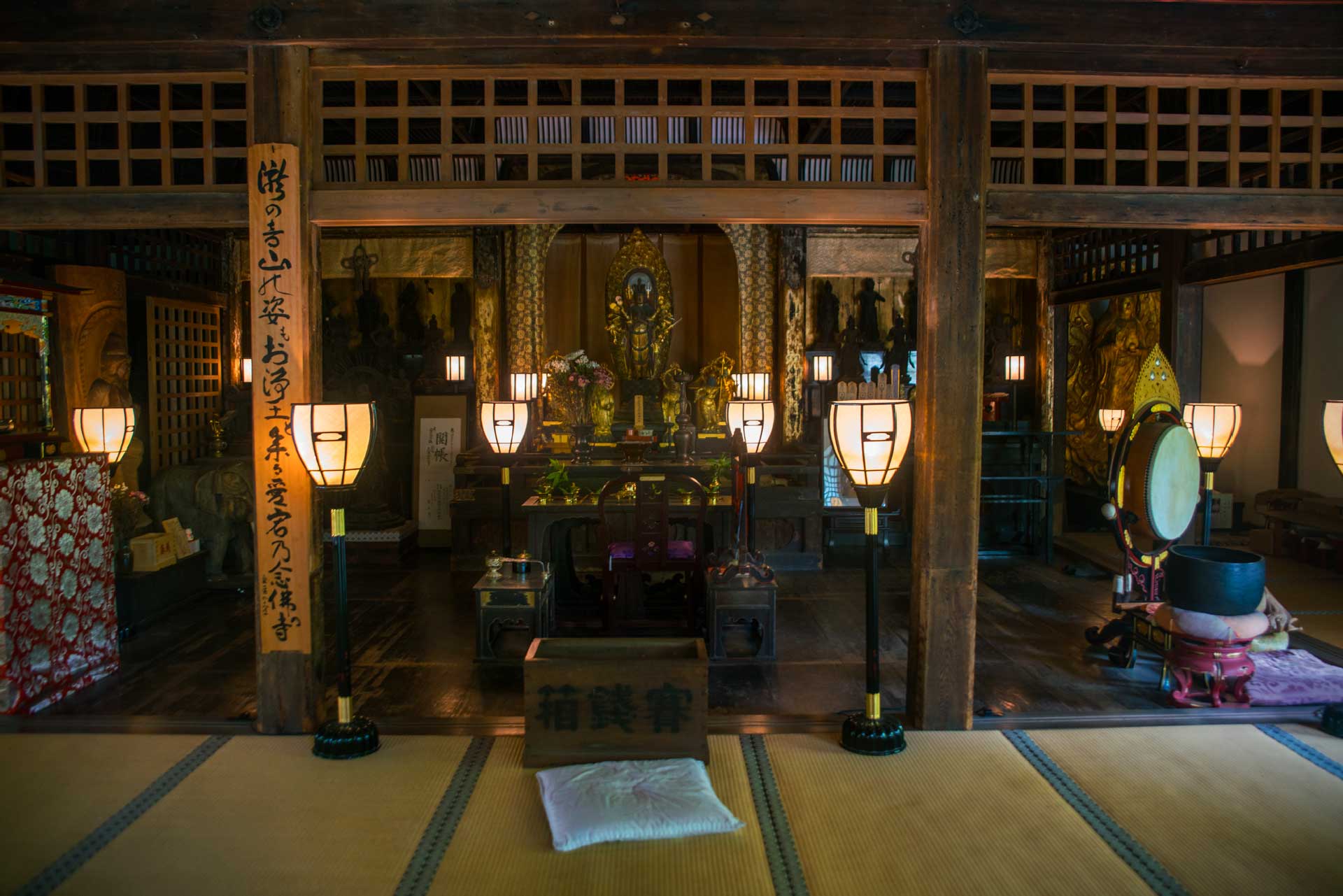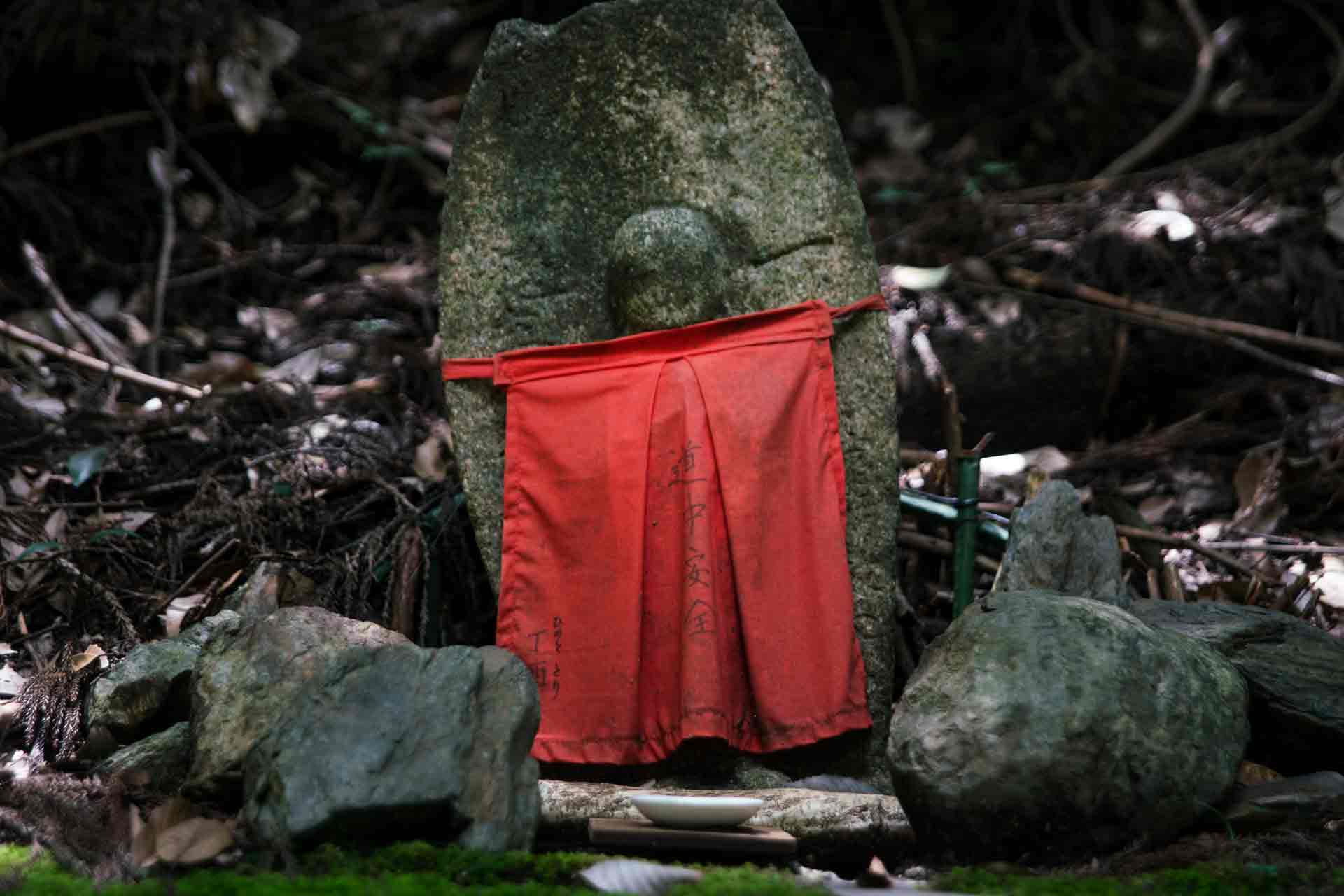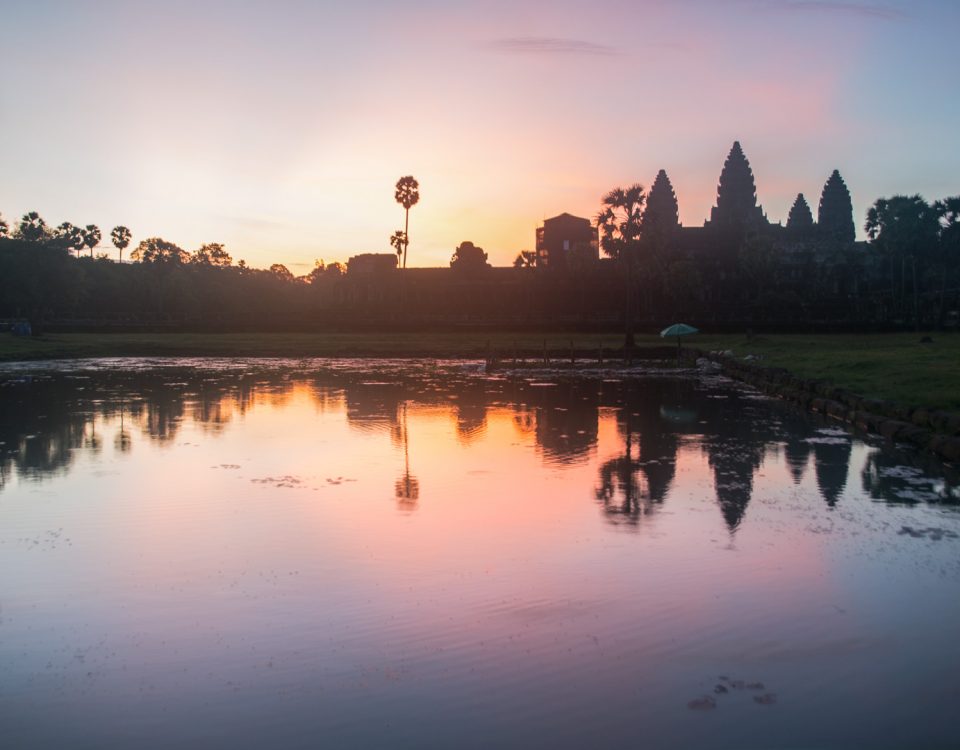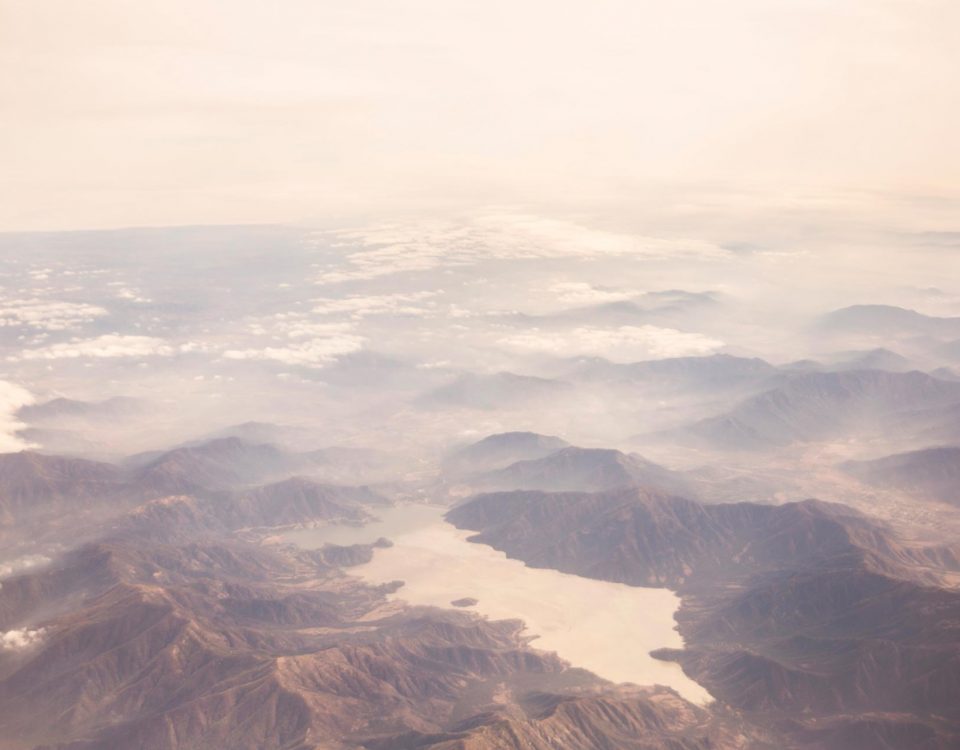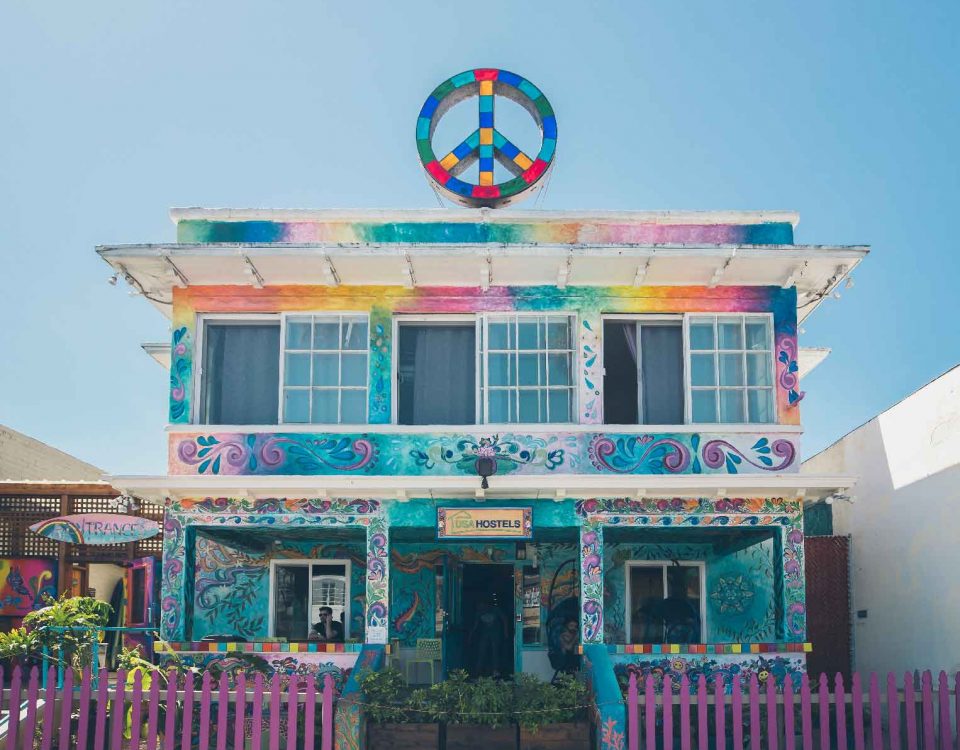
10 tips to visit Japan!
Undoubtedly Japan is a country wrapped in magic and particular mysticism, especially for visitors from Western countries. Every aspect of their culture that we’ve been able to perceive through cinema, literature, music, technology and anime has generated an image of Japan that makes it one of the bucket list destinations. Seeing it in photographs is one thing but living it is another: experiencing the difficulties of being in contact for the first time in such a different culture. So I took the time and put together this little list of tips to visit Japan with some stories of things that happened to us along the way:
1. Use the bathrooms and marvel at technology: As it usually happens after a long flight, we needed a WC when got off the plane at the Haneda airport. I had already heard a bit about the technological WC's in Tokyo, but the reality surpassed the expectation! The first thing you notice is the toilet with several buttons beside the armrest and with them, you can control things like: The volume of ambient music that masks the sounds of the body, the pressure of the water that comes out to clean you once you finish the business, the air to dry, the temperature of the seat and a control to release environmental deodorant. You can also find these controls on the wall right next to the toilet. Another thing that I noticed is the cleanliness and good condition of the sanitary services in general. In almost all of them, you will find instructions on how to clean the WC before using it. At the airports, there are instructions in English but as is common in all of Japan, along with each step in the instructions you will also find an image that illustrates the process.
1. Use the bathrooms and marvel at technology: As it usually happens after a long flight, we needed a WC when got off the plane at the Haneda airport. I had already heard a bit about the technological WC's in Tokyo, but the reality surpassed the expectation! The first thing you notice is the toilet with several buttons beside the armrest and with them, you can control things like: The volume of ambient music that masks the sounds of the body, the pressure of the water that comes out to clean you once you finish the business, the air to dry, the temperature of the seat and a control to release environmental deodorant. You can also find these controls on the wall right next to the toilet. Another thing that I noticed is the cleanliness and good condition of the sanitary services in general. In almost all of them, you will find instructions on how to clean the WC before using it. At the airports, there are instructions in English but as is common in all of Japan, along with each step in the instructions you will also find an image that illustrates the process.
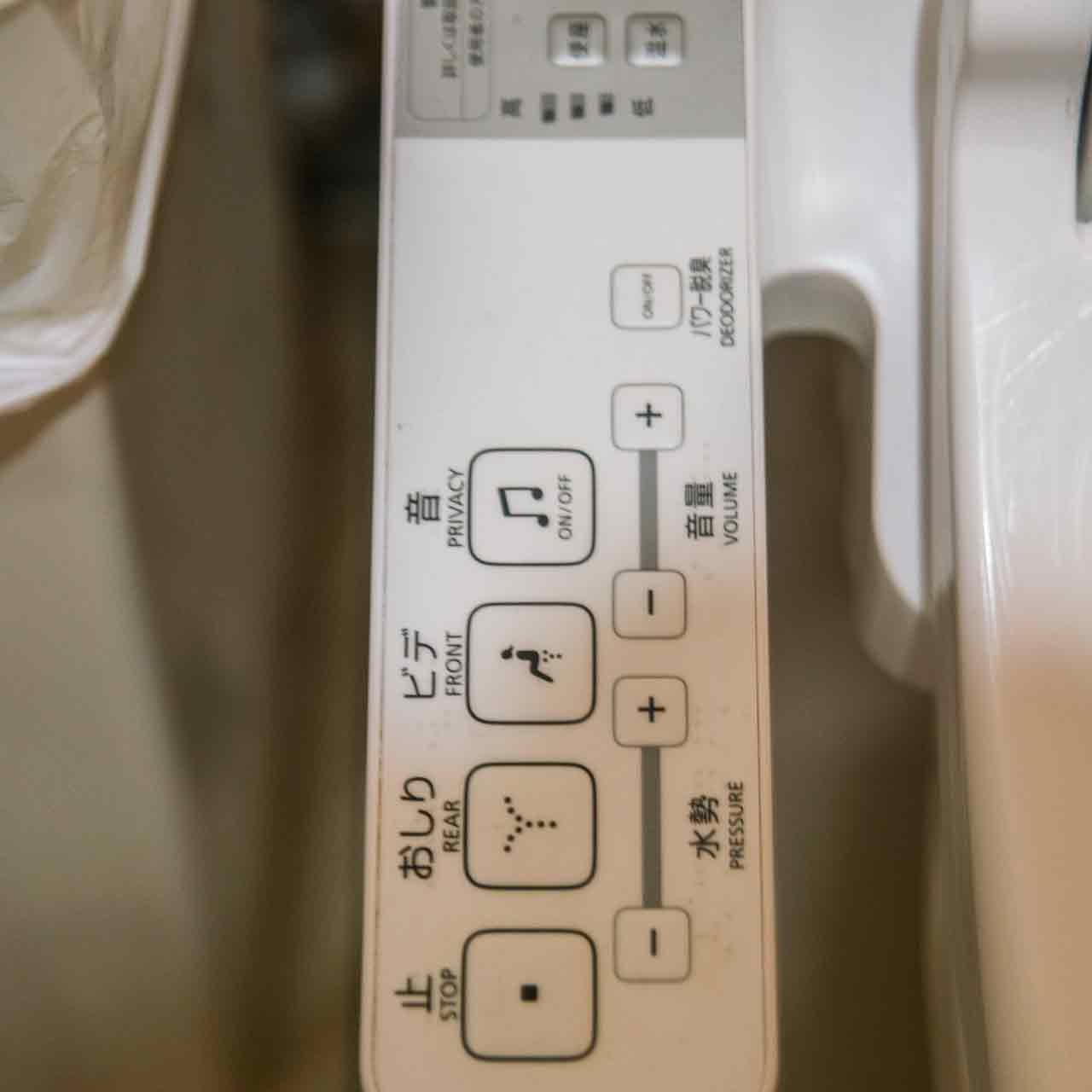
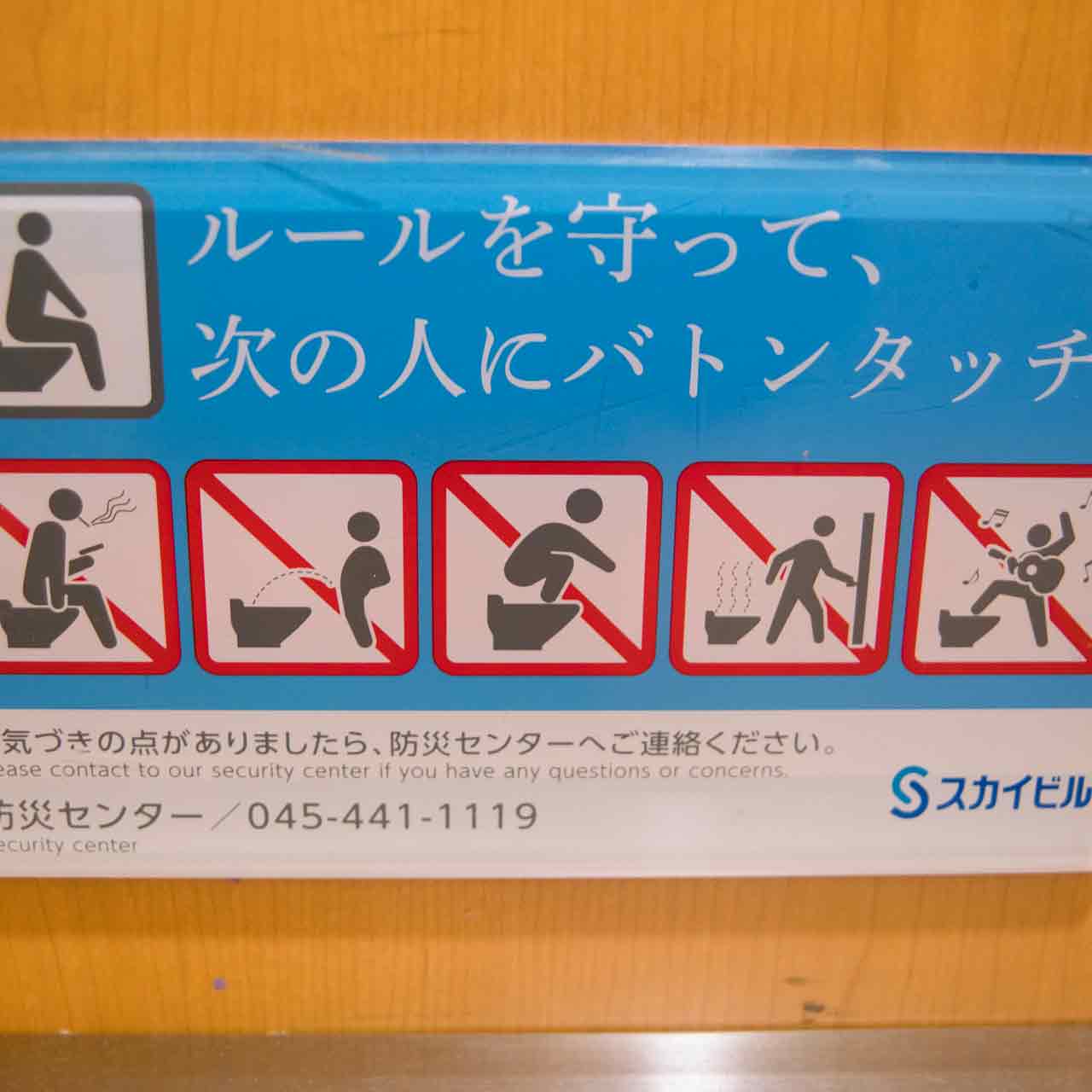
2. Don’t let the language be a barrier: It turns out that in Japan, English is not always useful. For cultural reasons, the Japanese, on average, don’t speak English. This trend increases with age. But there are always solutions for communication, for example: Our main plan in Japan was to visit a friend who lives in Kyoto and since Japan was our last destination of the trip, at that time, our budget was limited, so we decided to travel to Kyoto by bus. Before boarding, the driver gave a Japanese statement to the passengers, obviously we didn’t understand anything. A girl saw our confused faces and approached. In the best English that she could improvise, told us that the bus wasn’t going to make a stop in Kyoto! A recent typhoon had destroyed some roads, so the bus had to continue until the last stop that was in Osaka, 60 km from Kyoto. We approached the driver to ask for a solution and noticed that he didn’t speak English but quickly took his smartphone and using Google translator confirmed the change of plans. We had a small conversation using that app and everything was clear. We were able to notify my friend in time and he met us in Osaka. Conclusion: Have your phone ready! Apart from google translator, there are many apps that you can use to translate from English to Japanese: https://www.fluentu.com/blog/japanese/best-japanese-translation-app/
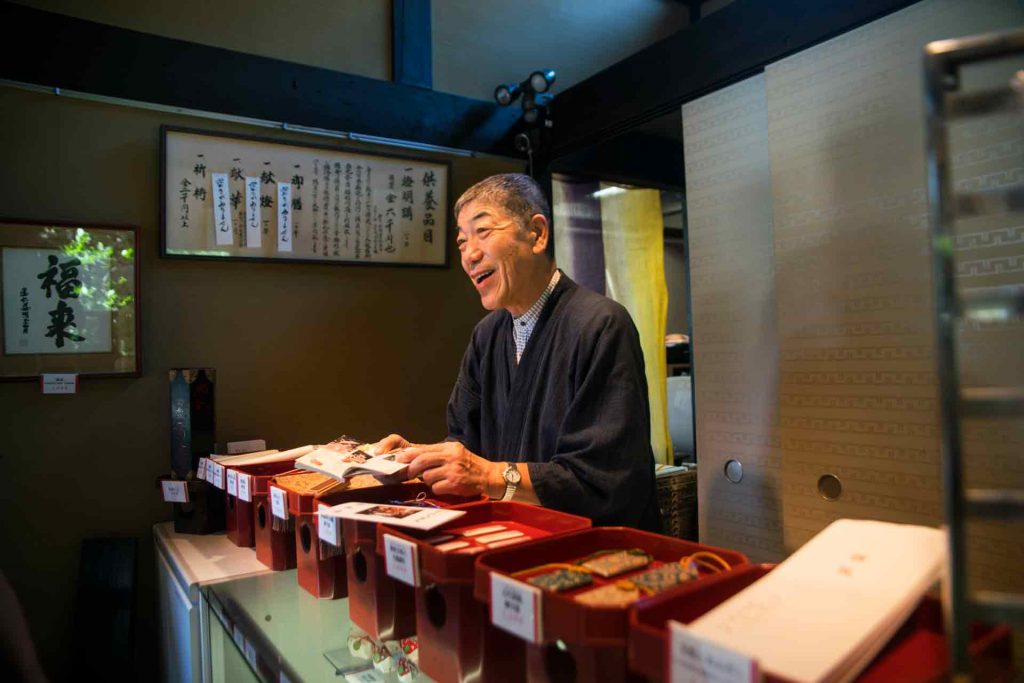
3. Don’t be afraid to ask for help or talk to locals: We were able to confirm that the famous kindness of the Japanese is completely true. It’s part of their culture to be very respectful and kind to tourists and although the language can be a barrier to simple things like going to buy something at the supermarket, a couple of signs with hands and a smile is enough to understand. You’ll notice that they will always be polite so don’t forget to say the respective arigato (thank you) to correspond to the kind treatment. Having said that, you may notice that Japanese people are also curious about tourists. One day we went by bus to a temple in Kyoto and a group of schoolgirls noticed we were tourists. They asked us to help them with an English assignment from school and of course we agreed. They were delighted with our answers and practicing the grammar, laughed at their attempts to communicate. This is why I can tell you that the best experience in our visit was to deal with people: don’t be afraid to ask for help or just start a conversation with the locals.
4. Always carry a garbage bag and feel safe: Kyoto, which was the place where we stayed longer, is very clean and safe. Of all my trips, Kyoto is one of the places where I’ve felt most secure, you can walk at any time without fear and that makes the enjoyment of the city more pleasant. Bicycles can be left literally on the sidewalk at night without any protection and you can be sure that the next day there will be there, something totally unthinkable in most Latin American countries. Another point in favor of this beautiful city is its high standard of cleanliness. It's funny because you won’t find garbage cans almost anywhere and the city it’s still clean. The Japanese have the excellent habit of taking their garbage to the house and classify it there, a great example to follow! So please, always carry a garbage bag to collect your waste!
5. Don’t be afraid to try something different: Because we had to go to Osaka, we took the opportunity to try a traditional dish of that city called Takoyaki, which consists of some balls of wheat flour stuffed with octopus that are served with different accompaniments. I'm not a lover of seafood but I liked that in the restaurant where we went, we prepared the dish ourselves! In the center of the table there was an iron where following the instructions given by the restaurant staff and with the ingredients brought by the waiters, we were able to cook them. It was very fun to do them! In Kyoto we tried the traditional Ramen, which was definitely my favorite. We also tried the natto: soybeans in a state of fermentation that is usually eaten with rice. The taste is quite strong, it’s not for everyone but I challenge you to at least try it. We also ate onigiris: rice balls with different fillings, usually some type of meat. They are very popular as snack and are available in all supermarkets. For dessert, look for the mochi ice cream: it has an exquisite ground rice coating and can be purchased at Lawson's supermarkets.
- japanese girls kioto
- japanese food
- japanese food
6. Get ready for the weather !: Depending on the month of your visit, the weather can vary considerably so we recommend you to be prepared. We visited Japan in the month of June, the weather at that time is hot and humid, particularly in Kyoto. Wear light clothing and sunscreen! For the days of intense heat, refresh yourself in the bamboo forest of Arashiyama, one of the most impressive places in Kyoto.
7. Talk to locals and enjoy their daily activities: One of the favorite pastimes in the summer is walking on the banks of the Kamo River in Kyoto that runs through the city. There are several green areas where you can stop to eat an onigiri and enjoy the day. You will observe many locals doing the same thing at any time of the day, even late at night. On this site, we spent the best moments, sharing Kirin beers and guitars with friends, learning Japanese songs and exchanging stories. So don’t be afraid to talk to locals and perform the same activities as them: a new way to experience the trip and make friends.
8. Don’t stress out thinking about transportation: Japan as a highly developed country has many options so you can move from one city to another and at different prices. It’s a matter of asking or, finding out on the Internet the available options. For example, we chose to travel between Tokyo and Kyoto by bus because it’s usually the cheapest option anywhere and we were a bit short on budget. We took the bus from the Yokohama City Air Terminal (YCAT) station and takes approximately 9 hours to arrive. Several stops are made in restaurants or shopping centers during the tour, which allows you to get to know the landscape a bit and, at the same time, buy souvenirs or try some food. If you have a little more budget, use the preferred method: the popular Shinkansen bullet train that makes the journey in only 140 minutes! The price is 120 dollars approximately. Both Kyoto and Tokyo have bikes for rent for a comfortable price so you can move around the cities. Don’t hesitate to rent one! You can visit the historic center for example, at your own pace.
9. Explore every corner: In cities as big, chaotic, populated and different as in Japan, the best you can do is to get lost in every corner and venture. The last night of our trip we walked through the streets around the Shinjuku station. As you can see in the movies, we were able to cross pedestrian crossings with hundreds of people around, we entered the red light district of Kabukicho with streets full of illuminated signs, hotels, shops, restaurants and lots of nightlife.
10. Don't be afraid to learn: Different doesn't mean bad. Don't feel scared of the shinto's traditions, temples or people doing their prayers to gods. Respect the culture, learn everything you can and even if you don't understand it, try to be open minded and receive new knowledge and spiritual growth. Japanese culture is amazing and every symbol, every detail or sound in a place has a special meaning. Different, new is what I enjoyed the most: the possibility to expand my knowledge.
- tica in japan
- ticos in japan
- random figures kioto japan
- tokio city japan
- tokio city japan
- temples in japan
- tokio figures japan
Japan is awesome. I would have loved to spent more than half a day to explore Tokyo and much more time to visit other cities. I would go back a thousand times to get lost, challenge myself and be surprised by a country so rich in culture and opposed to the West.



